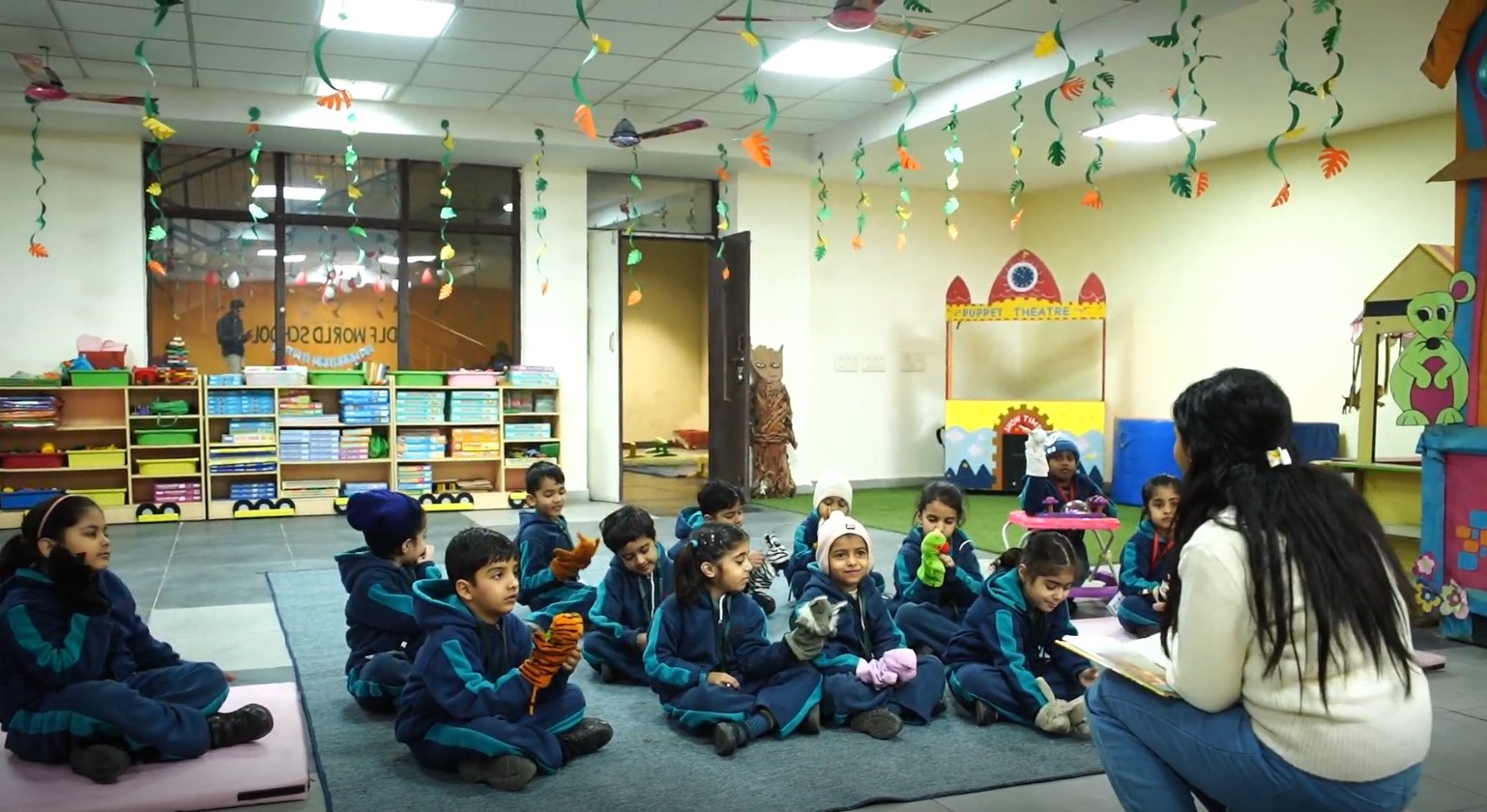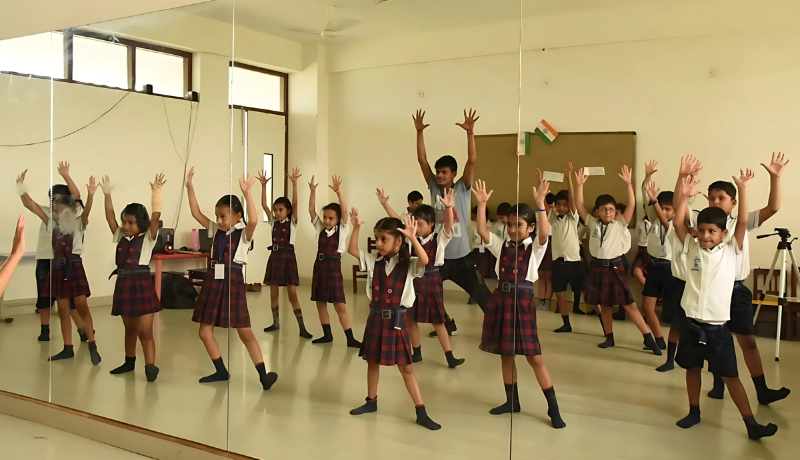

If you've ever watched a toddler instinctively tap their feet to music or spin around in joy when they hear a beat, you've already seen the power of music and movement in action. But did you know that these joyful little moments are building blocks of early learning? For parents exploring preschools in Noida, understanding how music and movement shape brain development can be a game-changer in choosing the right environment for their child.
Research from the Harvard Graduate School of Education confirms that rhythmic play boosts memory, attention span, and even language acquisition in early childhood. Children exposed to music and physical activity show better pattern recognition, improved auditory processing, and stronger coordination — all of which are key to academic and social success.
In one study published by Northwestern University, researchers found that musical training physically changes the brain's auditory system, leading to improved reading skills and listening abilities in children as young as 3. That's the power of early exposure.
In young learners, the brain and body are developing in tandem. When kids move — whether they're
clapping, jumping, or dancing — they're not just burning off energy. They're learning rhythm, sequencing,
motor planning, and even emotional regulation.
Think of a child bouncing to a song while singing along. That's physical, auditory, and linguistic
engagement happening simultaneously — the kind of multisensory learning that forms strong neural pathways.
A study conducted by the University of Helsinki found that movement-based learning significantly enhanced
vocabulary acquisition in preschoolers compared to those who were taught through passive listening alone.
That's a compelling case for abandoning the "sit still" model of learning.
You don't need fancy equipment or a music degree to introduce learning through music and movement at home. Here are some playful, proven ideas:
Sing the ABCs while doing a new dance move with each letter. This helps with memory retention and gross motor development.
Count numbers or syllables in words while clapping or stomping. This improves phonemic awareness and early math skills.

Sing about feelings with actions. ("If you're happy and you know it…") helps children recognize and label emotions — a crucial part of emotional intelligence.
If you're looking for the best play school in Noida, it's worth asking:
A well-rounded play school will go beyond just "fun time" and use music and movement intentionally for brain stimulation, social bonding, and self-expression. Among the many schools in the region, Darbari Lal Foundation World School is one example that incorporates rhythm and movement as part of its child-focused approach, ensuring learning happens through joy, not pressure.
Early exposure to music and movement also:
And the best part? Kids don't even realize they're learning — to them, it's play. That's the magic.
If your child can't sit still during a lesson, that may not be the problem. The lesson could benefit from more music and movement.
As you explore options among preschools in Noida, remember: the best early education doesn't just teach — it moves, it sings, it laughs, and it grows alongside your child. So next time your toddler bursts into dance in the living room, join in. You're not just having fun — you're building a brighter, smarter future.
ideal choice to give your child the best possible start in their educational journey.